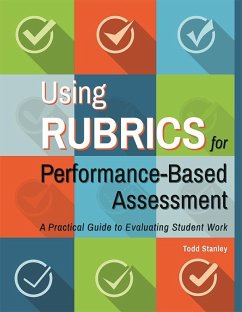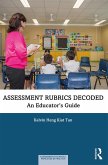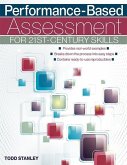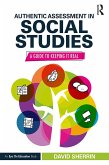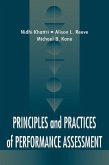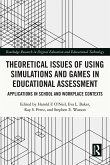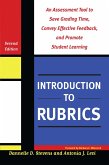Writing a rubric that can accurately evaluate student work can be tricky. Rather than a single right or wrong answer, rubrics leave room for interpretation and thus subjectivity. How does a teacher who wants to use performance-based assessment in this day and age of educational data and SMART goals find a way to reliably assess student work? The solution is to write clear rubrics that allow the evaluator to objectively assess student work. This book will show classroom teachers not only how to create their own objective rubrics, which can be used to evaluate performance assessments, but also how to develop rubrics that measure hard-to-assess skills, such as leadership and grit, and how to empower their own students to create rubrics that are tailored to their work.
Dieser Download kann aus rechtlichen Gründen nur mit Rechnungsadresse in D ausgeliefert werden.

